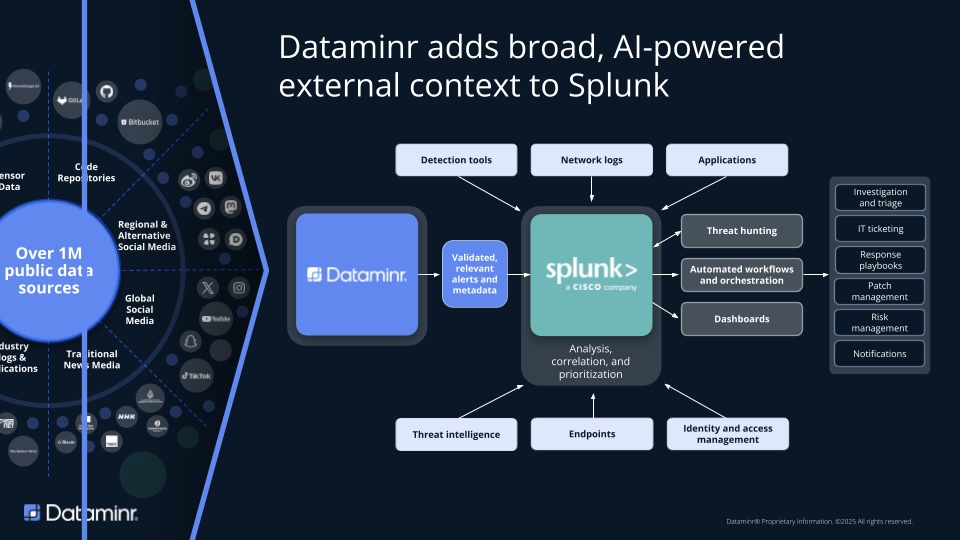2024 saw a record breaking number of elections worldwide, with votes cast in more than 60 countries. While these elections are over, the work of security leaders and teams is not. That’s because elections, especially headline grabbing ones like the U.S. presidential race, are long-tail events that occur over an extended period of time.
For example, once an election has been completed, there are often post-election risks and events such as threats against government officials.
As with any large-scale event, best practices for securing elections calls for a three-phased planning approach: pre-event, day of event and post-event. Here we take a look at these phases through the lens of the 2024 U.S. elections.
3 phases of election security
Election security begins well in advance of election day and extends far beyond it. Security leaders should consider each of the three phases to ensure they and their teams are prepared to respond to incidents—both physical and cyber—and stay abreast of issues as they arise.
No. 1: Pre-election: This includes all events in the lead up to election day. In the U.S. presidential election this included an assassination attempt, an increase in threats against U.S. government officials and a rise in cybersecurity attacks (i.e. ransomware, malicious activity, phishing) that targeted vulnerable areas.
No. 2: Day of the election: The actual day of the election is its own unique security event as tensions run high. In the U.S., on the November 5 election day, each state experienced a handful of incidents; a few experienced major activities. As expected, there was an uptick in physical security events outside polling stations as well as bomb threats. But the day also included unpredictable events, such as a gas leak at a polling station.
No. 3: Post-election: This phase involves maintaining situational awareness of potential risks and threats that could occur after an election, such as bomb threats and swatting. In the U.S., security leaders saw a reduction in physical security incidents, but are closely watching two post-election events: the electoral vote certification on January 6 and Inauguration day on January 20. The former has been designated by the U.S. Department of Homeland Security as a National Special Security Event (NSSE).

Dataminr Detects Threats Against U.S. Officials Post-election
Dataminr’s AI platform has detected an upswing in threats against U.S. government officials in the days following the November 5 elections—a daily increase of approximately 2 to 3 times more than before election day.
Election security best practices
Executing on the three phases above can be challenging due to the complexities and quickly-shifting nature of elections for both public and private organizations. Some events last hours, days, weeks or months and can include a single site or multiple locations across cities or countries, like the U.S. elections which spanned over 60 races throughout the country at the national, state and local levels.
This is why events with extensive planning and coordination can be easily affected by the unexpected, whether it be before, during or after an event. Technology should play a role in the planning phases, but the focus should be on ensuring that each part of the security strategy is rehearsed and understood across the organization. This will enable a faster, more effective response.
Understand your organization
It’s difficult to secure and respond on behalf of an organization if you don’t truly understand it. Security leaders should know the answers to key questions such as: Where are your operations? Where are your employees? What supply chains or critical third parties do you have at your location(s)? Do you have visibility of your polling locations or of facilities that are near polling stations?
Knowing this information before an event is held means all participating individuals can quickly understand the likely impact of an incident and the risk exposure of your organization.
Scenario planning
This best practice should take place well in advance of an election. Security teams should discuss possible scenarios and track key risk indicators as the election date approaches and after it has been completed.
Cross-functional working groups
These groups are made up of key leaders from different teams and functions across various cities, venues, government agencies and private companies. They should therefore be established well ahead of any major event. When bringing them together, use that time to discuss what their role is and what decisions they’ll be responsible for making should there be a crisis or major disruption.
Importance of AI in securing major events
AI has become key to providing effective solutions for managing the many challenges that come with securing elections and other large-scale events. First, AI can help with event detection, even surfacing data about hyperlocal events that would be missed by analysts, security vendors and media.
With AI, that information can be tailored to the needs of an organization, providing the security team with only the information most relevant to them, while weeding out extraneous data. Security teams can then focus on the risks and critical events—be they cyber, physical and or cyber-physical—that matter to the organization.
AI can also piece together disparate pieces of information across multiple data sources, languages and media types to provide a “ground truth” which can be used to make quick, informed decisions. For example, Dataminr used its regenerative AI (ReGenAI)—a new form of generative AI—to send live event briefs that automatically update to customers on critical election events that are detected and pulled from over 1 million public data sources.

The Power of Dataminr’s AI Platform
Ahead of the 2024 U.S. presidential election, Dataminr’s AI platform processed daily an amount of text so large it would take the average person 950 years to read the same amount. That same information was extracted based on customer needs and delivered to them in real time via alerts.
Ensuring election security requires an extensive and comprehensive event strategy that takes into account the three critical phases: pre, during and post. Security leaders can employ the same approach for other major events (Olympics, UN General Assembly, etc.) to be able to respond at the speed with which incidents occur so they can protect their people, communities and operations.
Learn more
Request a demo to get a firsthand look at how Dataminr helps organizations secure elections and other major events.




